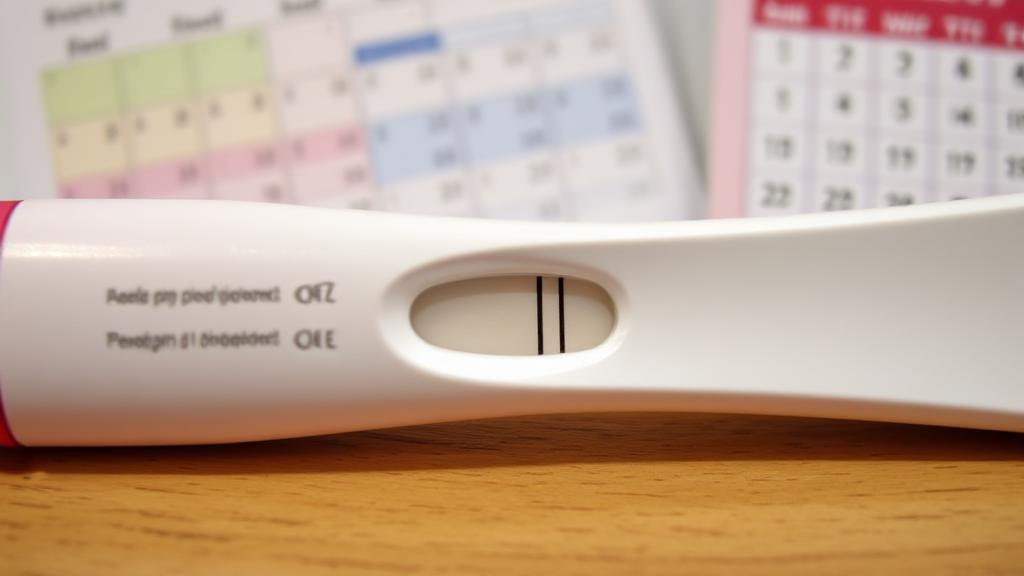Introduction
Pregnancy tests are a common tool used by individuals to determine if they are pregnant. These tests detect human chorionic gonadotropin (hCG), a hormone produced during pregnancy. However, false negative results - where the test indicates no pregnancy when one actually exists - can occur and are more common than most people realize.
How Pregnancy Tests Work
Pregnancy tests detect hCG, which is produced by the placenta shortly after the embryo attaches to the uterine lining. Most home pregnancy tests are designed to be used after a missed period, as hCG levels are typically high enough to be detected by this time. For more information, visit Mayo Clinic's guide on pregnancy tests.
Test Sensitivity Matters
Different brands of pregnancy tests have varying sensitivity levels:
| Test Sensitivity | Detects hCG Levels |
|---|---|
| Ultra-sensitive | 10 mIU/ml |
| Regular | 20-25 mIU/ml |
| Low sensitivity | 40+ mIU/ml |
Causes of False Negative Results
Several factors can contribute to a false negative pregnancy test:
- Testing Too Early: The most common reason, as it takes time for hCG levels to rise to detectable levels
- Diluted Urine: Excessive fluid intake before testing can make hCG harder to detect
- Time of Day: First morning urine is most concentrated and optimal for testing
- Faulty or Expired Tests: Always check expiration dates and follow instructions carefully
- Irregular Menstrual Cycles: Can lead to miscalculated timing and early testing
- Medical Conditions: Including ectopic pregnancy, PCOS, and kidney disease
Frequency of False Negatives
Research indicates that false negative rates vary:
- 10-20% of women test negative when testing before missed period
- ~5% false negative rate on expected day of period
- <1% false negative rate one week after missed period
According to studies, the sensitivity of home pregnancy tests can range from 50% to 75% on the first day of a missed period, increasing to over 90% a week later.
Best Practices for Accurate Testing
To minimize false negative results:
- Wait until at least one day after missed period
- Use first morning urine
- Check test expiration date
- Follow instructions exactly
- Consider using digital tests for clearer results
"The accuracy of home pregnancy tests depends significantly on when and how they're used. Even the most sensitive tests can give false negatives if taken too early." - American Pregnancy Association
What to Do After a False Negative
If you suspect a false negative result:
- Wait 48-72 hours before retesting
- Use a different brand of test
- Test first thing in morning
- Consider a digital test for clarity
- Consult healthcare provider if uncertainty persists
Monitor pregnancy symptoms such as nausea, breast tenderness, and fatigue, which can provide additional clues.
When to Seek Medical Confirmation
Consider visiting your healthcare provider if you experience:
- Missed period
- Pregnancy symptoms
- Multiple negative tests but no period
- Irregular cycle
A healthcare provider can perform a blood test, which is more sensitive than urine tests.
Conclusion
False negative pregnancy tests occur in approximately 5-10% of early pregnancy testing scenarios. Understanding the factors that contribute to these results and knowing when to retest or seek medical advice can help individuals navigate this uncertainty. For more comprehensive information, visit resources like Planned Parenthood or the American Pregnancy Association website.
